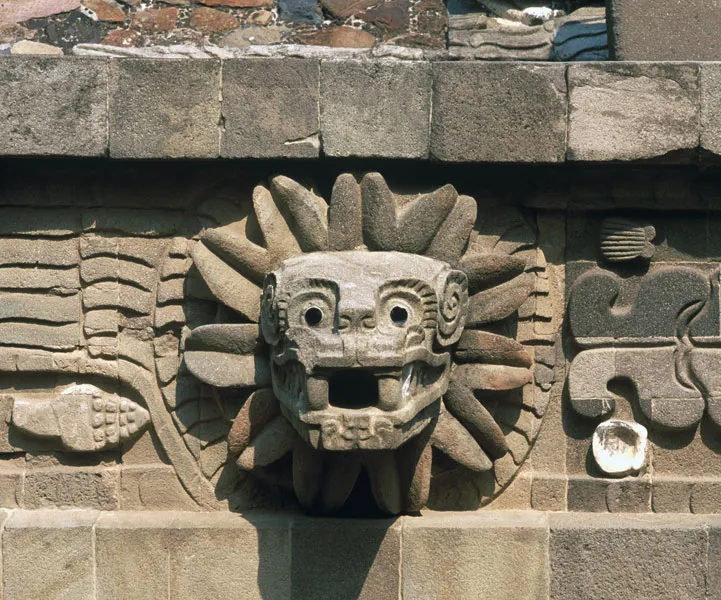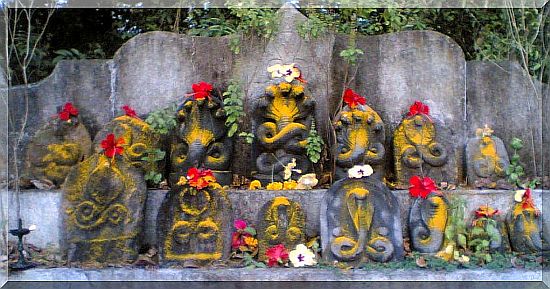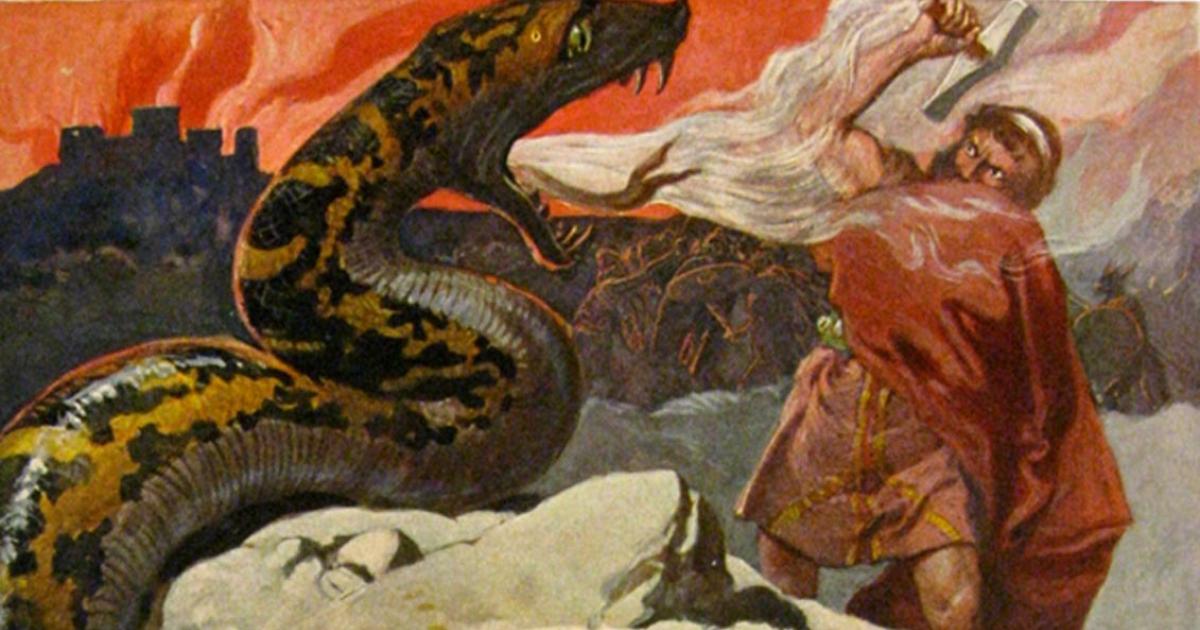Snakes. They slither into legends, whisper through ancient myths, and coil their way around the sacred and the profane. They’ve been adored, feared, and – let’s be honest – blamed for a few things they didn’t do (poor Adam and Eve). But there’s no denying that serpents have woven themselves into the very fabric of mythology across cultures. Let’s take a stroll down the twisted trail of serpent deities and the juicy tales they left in their wake.
Greek and Egyptian Serpents: Divine Trouble and Royal Crowns
If you think office politics are brutal, wait until you hear about Ophion in Greek mythology. This snake god ruled the cosmos with Eurynome until the Titan Kronos threw him off his celestial throne. Imagine being dethroned by a guy who’s basically ancient mythology’s HR department! Serpents in Greek myths weren’t just beasts; they were forces of raw, untamed power that even gods had to respect.
In Egypt, the story takes a regal turn. Wadjet, the cobra goddess, didn’t just play bodyguard to pharaohs – she was the original influencer, front and center on royal crowns. She symbolized protection, fertility, and all things life-giving. A cobra at your command? Now that’s a real power move[1]

Norse Mythology: Jörmungandr and the Ultimate Venom Spit
Over in Viking land, things got wild with Jörmungandr, the sea serpent born to cause trouble. He grew so massive that he could wrap himself around the earth and literally bite his own tail – ultimate self-satisfaction! But the real showdown comes at Ragnarok, the Norse apocalypse, where Jörmungandr faces off with Thor. Picture this: a hammer-wielding god versus a colossal, venomous serpent. They both go down in a blaze of glory, because sometimes, the end of the world just isn’t dramatic enough without a poison-drenched duel to the death[2]

Quetzalcoatl: The Feathered Serpent with a Taste for Cosmic Chaos
Next, we swoop down to Mesoamerica, where Quetzalcoatl, the Feathered Serpent, ruled with feathers and fangs. Forget all the harmless snake-charmer stuff—this guy was a deity of wind, rain, and life itself. He once tore apart a sea monster to create the earth and sky, proving that in his world, a bad breakup meant ripping things in two. Quetzalcoatl’s story is proof that even in the land of myth, a little flair goes a long way

Naga: The Shape-shifting Seducers of India
Over in India, the Naga are like those mysterious party guests you’re not sure whether to kiss or kick out. Half-human, half-serpent, these shapeshifters could be protectors of wisdom and water, or they might drown your crops in a fit of rage. In Hinduism, they’re the guardians of the earth’s most precious resources; in Buddhism, they’re protectors of the Buddha himself. Talk about playing both sides! And let’s not forget the infamous Naga King Mucalinda, who spread his hood over Buddha during a storm—a serpent’s version of holding an umbrella for a friend[3]

Serpent Seduction Across the Globe
From Native American snake dances to the biblical Leviathan’s hulking presence, snakes everywhere have tantalized, terrified, and taught humans a lesson or two about respecting the forces of nature. These deities aren’t just mythical creatures; they’re the OG influencers of fertility, chaos, wisdom, and the raw power of nature. Whether it’s turning enemies to stone, triggering the apocalypse, or just chilling as the spiritual bouncers of enlightenment, serpents have a way of making their mark.
Conclusion
Serpent deities are the ultimate shape-shifters, gliding through cultures as gods, guardians, and chaos-bringers. Their tales are as slippery as their scales, coiling through human history with the promise of wisdom or the threat of destruction. So, next time you see a snake, remember: it might just be the reincarnation of an ancient god, here to see if you’re worthy of its blessings or its bite.
Stay tuned for the next article in our series, where we’ll dive into how snake venom went from being feared as a deadly weapon to becoming the secret ingredient in some of the most potent medicines known to humanity.
Footnotes –
[1] – https://www.ancient-origins.net/myths-legends/ancient-snake-deities-gods-ancient-mythology-006282
[2] – https://www.history.com/news/snake-symbol-history-mythology
[3] – https://mythologyworldwide.com/the-naga-and-the-divine-serpent-deities-and-their-role-in-religious-beliefs/


